"Dad, this guy from my baseball team has muskrats damaging the bank of his pond. He hired a big wildlife control company to take care of them, but they gave up without catching a single one. He's willing to pay me $65 per muskrat - and I keep the pelts!"
That phone call was an exciting one for me to get. I wanted to buzz right over to help my son out because I knew he probably didn't even know what a muskrat looked like. We'd targeted many furbearers together, but never muskrats.

He had my trapping truck and it had the equipment that he'd need. Three days prior, I had just put a bucket in the bed with a couple of footholds and a dozen 110 conibears.
Over the phone, I walked him through the process, step by step, and explained exactly what he was looking for and what to do once he found it.
He told me about the undercuts in the banks of the pond as well as the other sign that he saw.
When he arrived home, he was like a kid at Christmas. "I can't wait for morning!" He was too confident for me, but I was probably like that too at one time. I was hoping he'd catch one.
It turns out that my muskrat trapping instruction worked out for him. That night, he caught five!
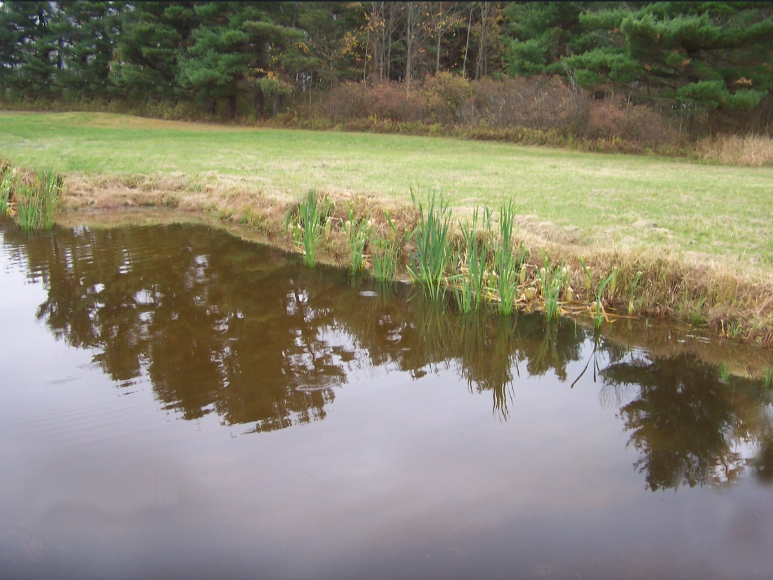
He was successful because muskrat trapping, at its core, is about recognizing simple patterns and having the right, simple gear to take advantage of them.
They are, without a doubt, the perfect animal for any trapper looking to build confidence, learn the basics of water trapping, and put up a respectable number of pelts. If he can be that successful, you can too. Let's go through the exact same things I told him over the phone.
Why Muskrats? The Confidence Builders
Before we get our waders wet, it's worth asking why every new trapper should start with muskrats. For one, they're plentiful.
From cattail marshes and farm ponds in Southern Michigan to the slow-moving creeks and beaver flowages up north, muskrats are everywhere. This means more opportunities to practice and learn.
Second, the trapping is active and rewarding. Unlike a coyote line where you might wait days for a catch, a good muskrat line can produce results overnight, just like it did for my son. That immediate feedback is a massive confidence booster.
Finally, they are the gateway to the entire world of fur handling. Learning to skin, flesh, and stretch a muskrat is a manageable task.
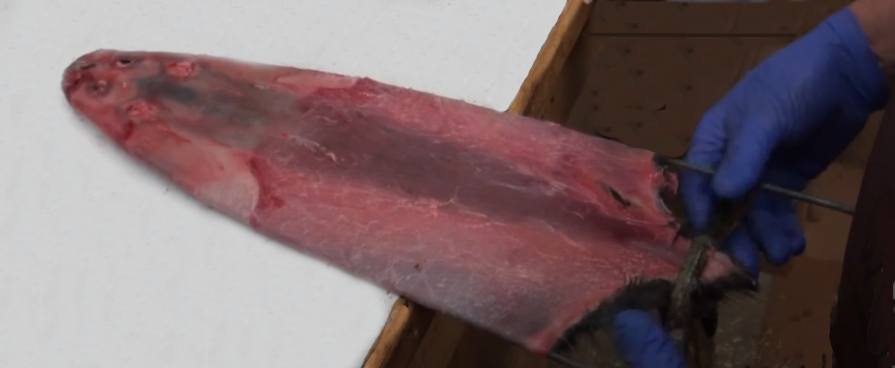
Unlike a raccoon pelt, a muskrat pelt has less fat and is much easier to scrape without rips or tears. The skills you learn on a dozen muskrats are the same fundamental skills you'll use on a raccoon, a fox, or a beaver.
Muskrats are the training wheels that prepare you for the whole sport.
Simple Gear for Big Numbers
You don't need a truckload of expensive gear to be a successful muskrat trapper. In fact, that bucket I had in the truck for my son is pretty much all you need to get started - besides the license!
- The Traps: Your two mainstays will be 110 Conibear-style bodygrip traps and #1 or #1.5 foothold traps (either longsprings or coilsprings).
The 110s are the workhorses, perfect for setting in runs and den entrances for a quick, humane dispatch. The footholds are more versatile and excel at slide sets and spots where a 110 might be too cumbersome.
Although I don't use them, colony traps can be used as well and some trappers prefer them. Colony traps must be fully submerged when in use.
- Stakes and Supports: For your 110s, a few simple H-stands are invaluable for holding the trap steady in mucky bottoms.
For your footholds, you'll need stakes for drowning systems. These can be simple wooden stakes sharpened on one end or 3-foot lengths of rebar.
- The Essentials: A good pair of hip boots or chest waders is non-negotiable. Insulated, waterproof gauntlet-style gloves will keep your hands warm and dry, allowing you to work more effectively.
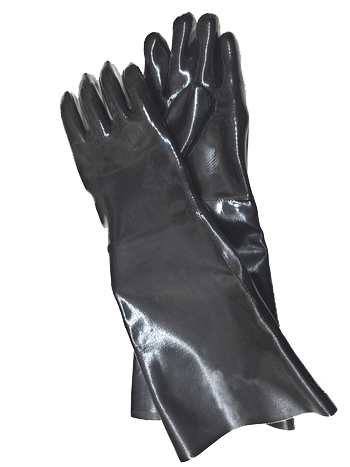
A simple 5-gallon bucket is the perfect carry-all for your traps, stakes, and catches. That's it. No fancy lures, no complicated baits---just solid, simple gear.
Reading the 'Rat Waters
Success starts with observation. Before you even touch a trap, walk the edge of the pond, marsh, or ditch and learn to identify the key signs that tell you where the muskrats are living and traveling.
- The Hut: This is the most obvious sign. A muskrat hut is a pile of cattails, reeds, and mud, usually situated in a foot or two of water.

It looks like a miniature beaver lodge. The hut is home base and the best trap locations are the "runs" leading to and from it.
- The Bank Den and Slide: This is what my son found on his pond. In areas without enough vegetation for a hut, muskrats will dig dens into the bank.
The entrance is always underwater, but you can identify it by the "slide." A slide is a muddy groove on the bank where the muskrat repeatedly climbs out of the water to feed or rest.
It looks like a small, slick trail leading right into the water. If you probe the bank underwater at the base of a slide, you'll often find the undercut den entrance.
- The Run or Channel: These are the underwater highways. Muskrats are creatures of habit and will use the same routes over and over.
In shallow water, you can often see these runs as channels of open water cutting through the vegetation. In deeper water, you can find them by walking and feeling for the distinct ditch-like groove on the bottom with your boots.

- The Feed Bed: This is the muskrat's dinner table. It's a small, floating or partially submerged pile of chewed-up vegetation.
Unlike a muskrat hut, it's not a home; it's just a place to sit and eat safely. The trails leading to these feed beds are prime locations for a trap.
The Big Three Sets and one more for those puzzling situations
Once you've identified the sign, it's time to make a set. There are dozens of variations, but these four simple, effective sets will account for 90% of your catch.
1. The Run Set (with a 110 Conibear)
This is the most productive set on any muskrat line.
- Where: In a defined underwater run or channel.
- How: Place your 110 on an H-stand and sink it firmly into the mud in the middle of the run. The trap should be completely submerged.
If the run is a bit wide, you can use a few dead sticks pushed into the mud to narrow the path and "guide" the muskrat through the trap jaws.
If the water is shallow and you're worried the muskrat might swim over the trap, place a "dive stick" (a dead branch) on the surface of the water directly above your 110. This encourages the muskrat to dive under it and through your trap.
The Scent of a Muskrat:
During mating season, male muskrats use a strong, musky scent from their perineal glands to mark territory. This scent can be used as an attractant for other muskrats, which is why some trappers use muskrat lure to enhance their sets.
2. The Slide Set (with a foothold)
This set is deadly on bank dens and is a classic for a reason.
- Where: At the base of an active, muddy slide.
- How: Create a small shelf in the mud at the base of the slide, about 2-3 inches under the water. Bed your #1 or #1.5 foothold firmly on this shelf.
The most critical part is the drowning system. Attach the trap's chain to a stake (wood or rebar) and push that stake into the bottom as far out into deep water as the chain will allow.
A caught muskrat will immediately dive for deep water, and the angle of the chain on the stake will hold it there, ensuring a quick, humane dispatch.
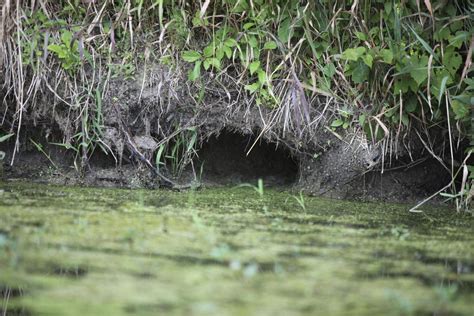
3. The Den Entrance Set (with a 110 Conibear)
This is as close to a sure thing as it gets.
- Where: At the underwater entrance to a bank den or a hut.
- How: Probe around the base of a hut or slide to find the main entrance hole. Place your 110, either on a stand or held in place by stakes, directly over the opening. The muskrat entering or exiting its home has no choice but to pass through it.
Be careful not to damage the hut or the den structure itself. A quick, clean set at the entrance is all you need.
4. The Bait Set
Sometimes, you need to draw a muskrat to a spot where there isn't a natural runway or a slide. That's when bait or lure comes into play.
- Where: In a quiet backwater, near the bank, or at the base of a bank where you've seen muskrat sign but no defined run.
- How: This set is very simple. Place a piece of bait - a slice of apple or carrot, or a few drops of commercial muskrat lure - on a stick about 6 inches above the water line. Then, place your foothold trap directly underneath the bait.
The muskrat will be attracted by the smell and, in its attempt to reach the bait, will step into your trap. This is a fantastic set for attracting muskrats from a wide area.

I've successfully used baited conibears as well, spearing a chunk of potato on the trigger wire. The potato stays white much longer than an apple slice and is a visual attractant that draws them in.
Putting Up Fur: Your First Steps
Catching them is only half the fun. Learning to handle the fur is a satisfying skill that turns your hard work into something tangible, whether it's a fur check in the mail or a hat sewn by a local craftsman. Muskrats are the perfect place to start.
They are "cased" skinned, meaning the hide is peeled off like a sock. You hang the muskrat by its hind feet, make a few careful cuts, and then simply work the hide down over the body.
It's a process that takes a bit of practice, but after your third or fourth one, you'll get the hang of it. YouTube is your friend if you're attempting your first.
Once skinned, the hide is placed on a wire or wooden stretcher to dry. Wire "U" stretchers for muskrats are inexpensive and very easy to use.
Learning this process will give you the confidence and the basic knowledge to handle any furbearer you trap in the future.
That first big catch, like my son's five muskrats, is a feeling you'll never forget. It's the moment trapping clicks from a theoretical idea into a practical success.
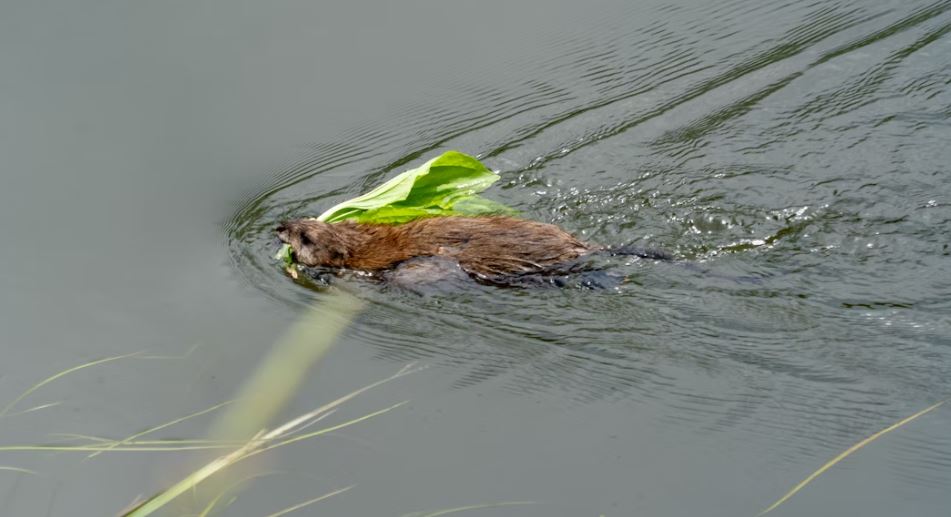
Michigan is loaded with muskrats. Isn't it time that you get out there, read the water, get your boots wet, and set a few traps? Your first fur check is waiting for you.